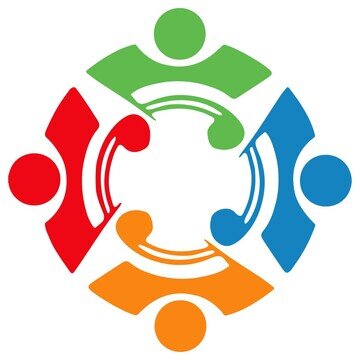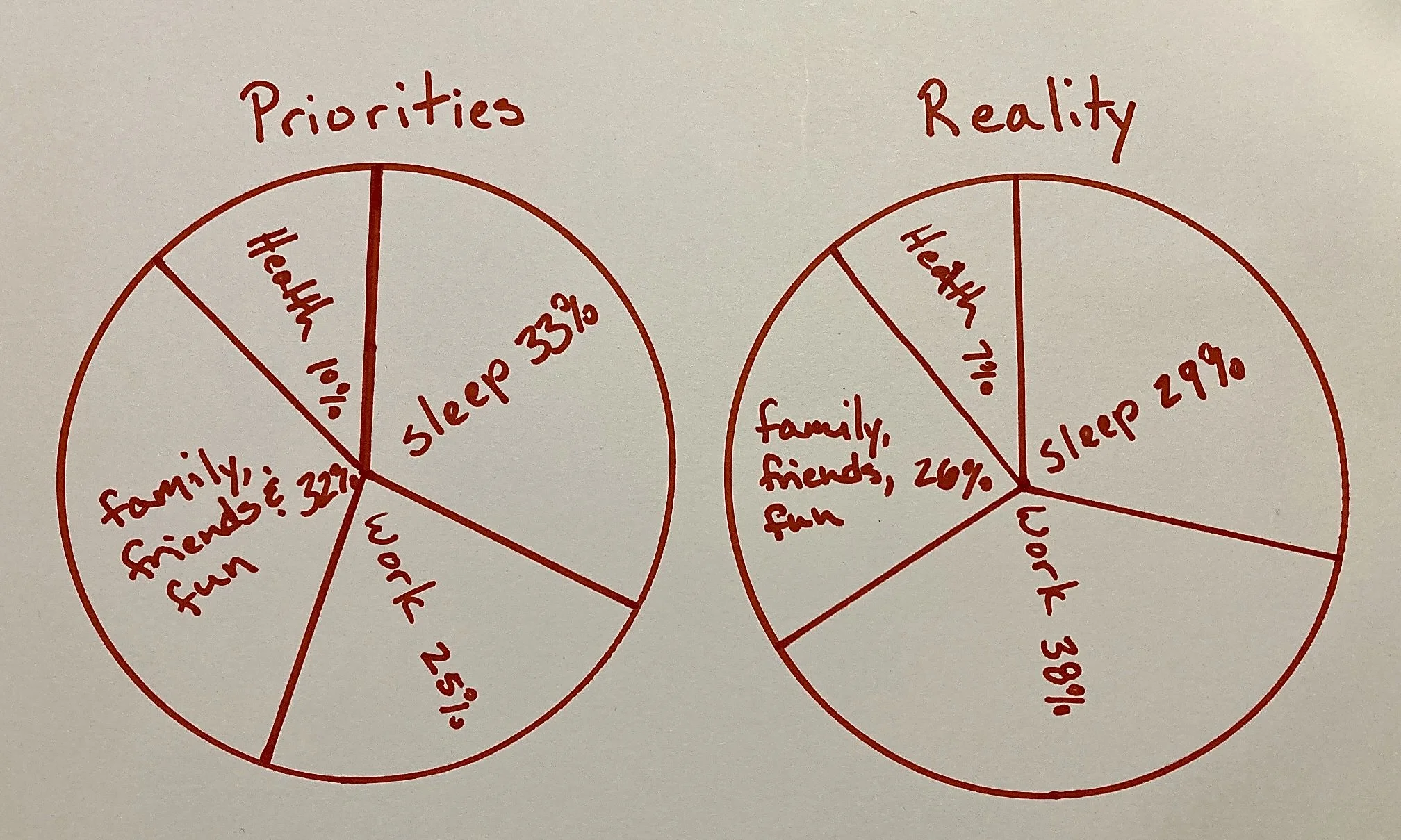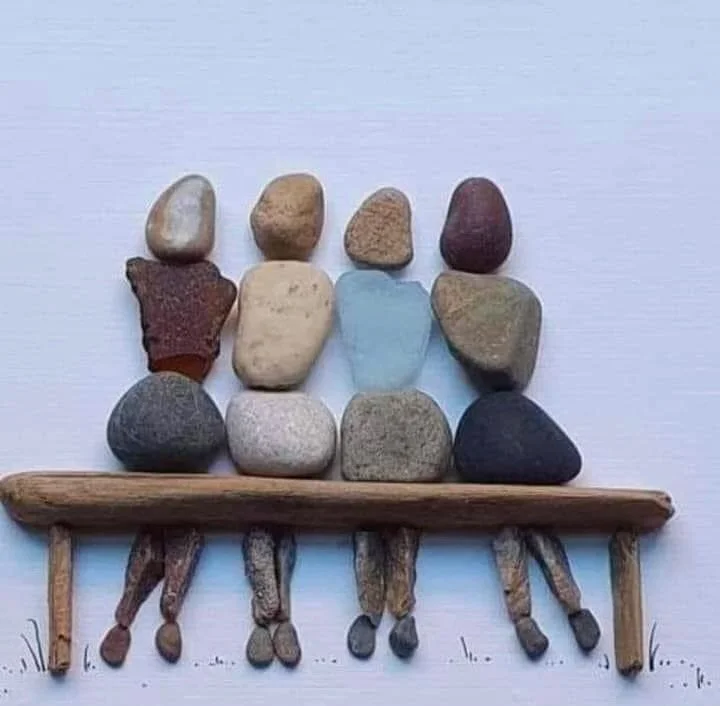Do your friendships feel reciprocal? When you initiate connection it helps broaden and strengthen your social circles.
Read MoreThe number one predictor of long-term success—in business, art, and relationships—is the amount of discomfort we’re willing to endure. This activity will help you build your awkward tolerance.
Read MoreMost people would say family and friends are more important than anything else, but the way we spend our time doesn’t always match our priorities. Try this simple exercise to see how well your time aligns with your priorities.
Read MorePeople often set goals that are overly ambitious, then fizzle out. Starting small, with mini-goals, will give you early success that you can build on. This strategy can be applied to any of your goals, including building stronger connection.
Read MoreIn order to achieve a sense of belonging and connection, we don’t just need to BE loved, we need to FEEL loved. That means learning to let in the kindness, care, and positivity we receive.
Read MoreBeing reliable may not sound sexy, but following through on commitments builds trust, which is essential to the long-term health of a friendship.
Read MoreMost people think that the strength of a friendship is based on being there through hard times, but research shows that celebrating a friend’s good news is even more important.
Read MoreCompleting this 10-minute writing exercise has been shown to improve mood, increase empathy and connection, and boost motivation to follow-through on the things you care about.
Read MoreGiving someone your full attention and really listening is a simple, but rare, gift.
Read MoreWe all want to feel like we belong to something … but sometimes that something doesn’t exist. You could be the one to start it.
Read MoreMany people have a hard time asking for help because they don’t want to be a burden, but asking for a small favor can make people like you more.
Read MoreRosy ideals and unrealistic expectations about friendship often make us feel bad about ourselves when reality doesn’t match up. Here are some ideas for addressing the expectation gap.
Read More











